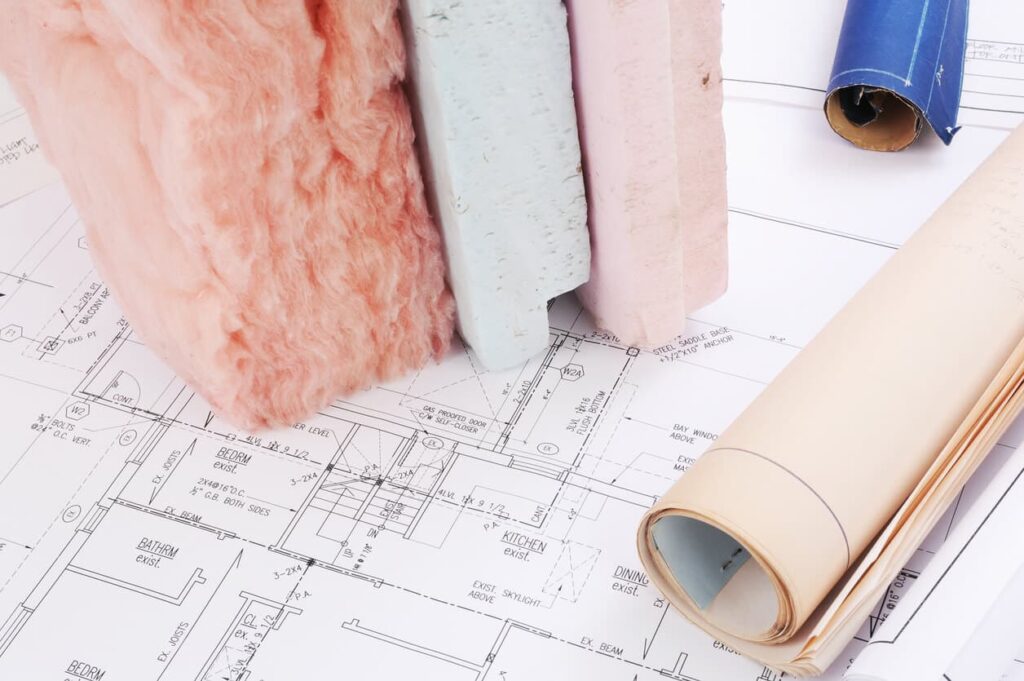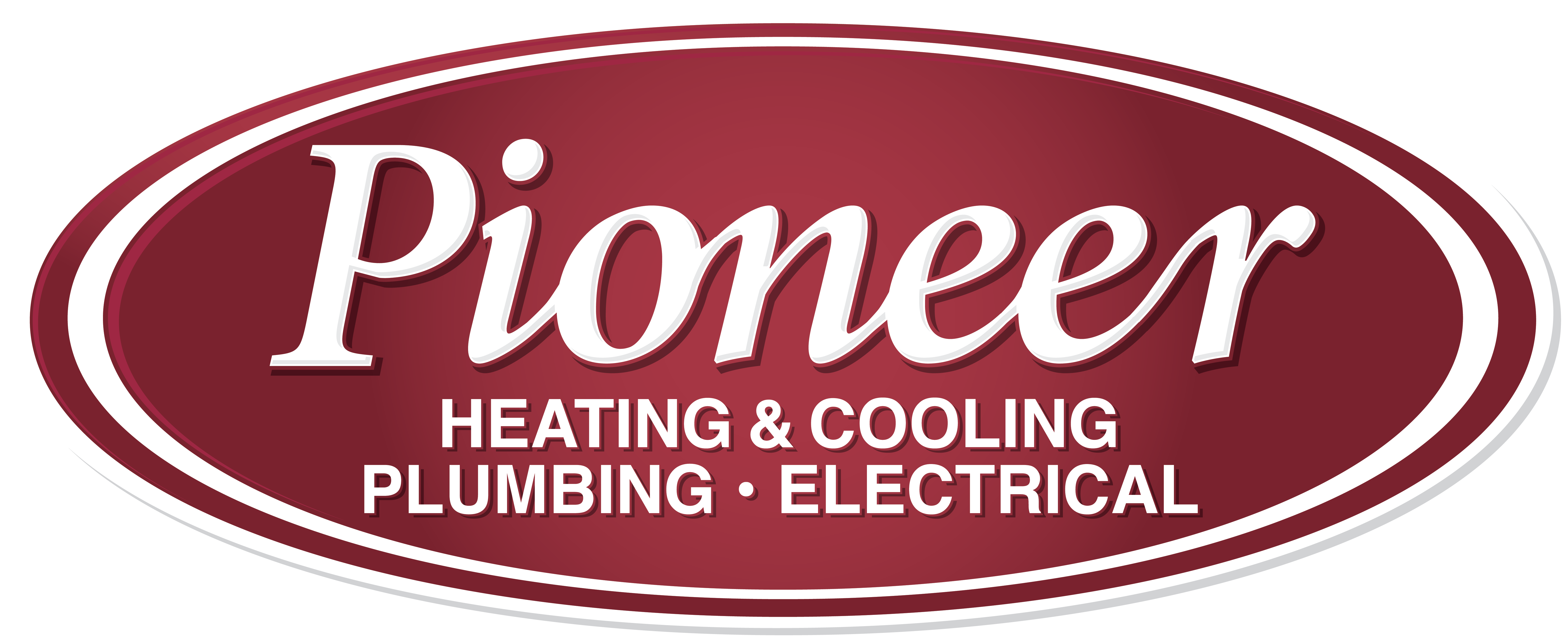In a well-functioning home, insulation plays a pivotal, yet often understated, role. Just as the right percussion accents a melody, proper insulation can finesse the comfort of your living space while orchestrating significant energy savings. For homeowners looking to compose an efficient, cozy home environment, understanding the nuances of insulation is key. From discerning between various insulation types to recognizing when it’s time for a facade facelift, this blog post will guide you through the intricate beats of home insulation.
Understanding Insulation and Its Many Layers
Before we can appreciate the benefits of different insulation materials, we must first understand the basics. Think of insulation as a barrier — it shields your home’s interior from the extreme temperatures of the outside world, whether scorching summer heat or nippy winter chills.
When it comes to gauging the effectiveness of types of insulation, look for the R-value, which measures the material’s resistance to heat flow. The higher the R-value, the better the insulating properties. It’s crucial to consider R-values when selecting insulation, as different areas of the house may require different levels of protection.
There are several common materials used for home insulation, each with its own strengths and applications.
Fiberglass Insulation
Often seen as the standard, fiberglass insulation is made from tiny glass fibers and comes in fluffy batts, as well as loose fill for attics or hard-to-reach spaces. It’s highly effective and relatively easy to install.
Cellulose Insulation
Recycled paper products treated with flame-retardant substances form cellulose insulation. It’s eco-friendly and can be blown into walls, attics, and other cavities.
Foam Insulation
Spray foam insulation provides an excellent air barrier. It’s versatile, expanding to fill the space it’s applied to, ensuring a tight seal.
Radiant Barriers
Installed in attics, radiant barriers reflect heat, which is particularly effective in warm climates, reducing the load on your air conditioning.
The Unseen Benefits of a Well-Insulated Home
Properly insulating your home is like wrapping it in a cozy blanket, regardless of the season. Here’s how this simple measure translates into comfort and cost savings.
Insulation isn’t just about keeping warm air in during the winter — it’s also about keeping the heat out in the summer. A well-insulated home has more stable indoor temperatures, creating a consistent climate year-round.
When it comes to energy efficiency, the U.S. Department of Energy notes that heating and cooling can account for nearly half of your home’s energy use. Quality insulation can reduce the workload on your HVAC system, translating to substantial savings on your utility bills.
Indicators That Your Insulation Might Need Attention
Like all elements in your home, insulation has a lifespan. Be on the lookout for these signs that your insulation might be due for an upgrade.
Temperature Fluctuations and Drafts
Do you notice cold or hot spots in your home? If you feel drafts, your insulation might be compromised, allowing air to escape or enter your home.
Skyrocketing Energy Bills
An unexplained spike in your heating or cooling costs is often a red flag. It could mean that your system is running longer than necessary to compensate for poor insulation.
The Perfect Pairing: Insulation and HVAC
Insulation and your HVAC system are like two peas in a pod. They’re both crucial for comfort and efficiency, and one affects the other. The more effective your insulation, the less work your HVAC system has to do, increasing its longevity and reducing the likelihood of breakdowns.
Regular HVAC maintenance from Pioneer keeps the system in top shape, ensuring that it doesn’t have to work overtime to maintain your desired temperature. This not only saves on energy but also saves you from costly repairs or the need for premature replacements.
Choosing Your Insulation Ensemble
Selecting the right insulation is like finding the perfect piece to complete your home’s energy efficiency jigsaw puzzle.
Different areas of your home require different types of insulation. Your attic, walls, basement, and crawl spaces each present distinct challenges and may benefit from specific insulation solutions.
While it’s tempting to opt for the most budget-friendly insulation, considering the long-term energy savings is crucial. A slightly higher initial investment in insulation with better R-value might pay for itself in reduced energy bills over its lifespan.
Don’t Take Your Home’s Insulation for Granted
The invisible hand of insulation in your home’s comfort and efficiency isn’t something to be taken lightly. Consider scheduling an insulation assessment with the HVAC professionals at Pioneer to uncover potential areas for improvement. Whether it’s adding some fluffy fiberglass to your attic or sealing up with spray foam, it’s a decision that can harmonize your home’s ecosystem, keeping it warm or cool just the way you like it, while also keeping more green in your pocket.
Don’t be left out in the cold — or the heat — when it comes to maximizing your home’s potential. Take the step towards insulation enlightenment, for a snug sanctuary and a more sustainable approach to living. If you’re ready to take the next step, reach out to your expert HVAC service providers at Pioneer. They’ll help guide you through this smooth transition, ensuring that your home remains the epitome of comfort and cost-effectiveness.
Cutting through the clutter and confusion, this post has illuminated the multifaceted advantages of proper home insulation. Get in touch with the HVAC experts at Pioneer by scheduling an appointment online. We’re standing by to help you find the best options for your home!

